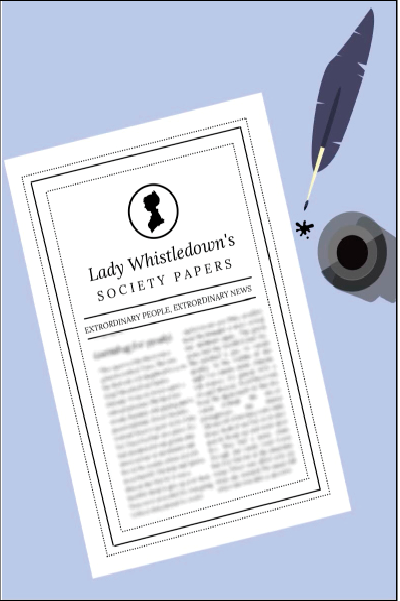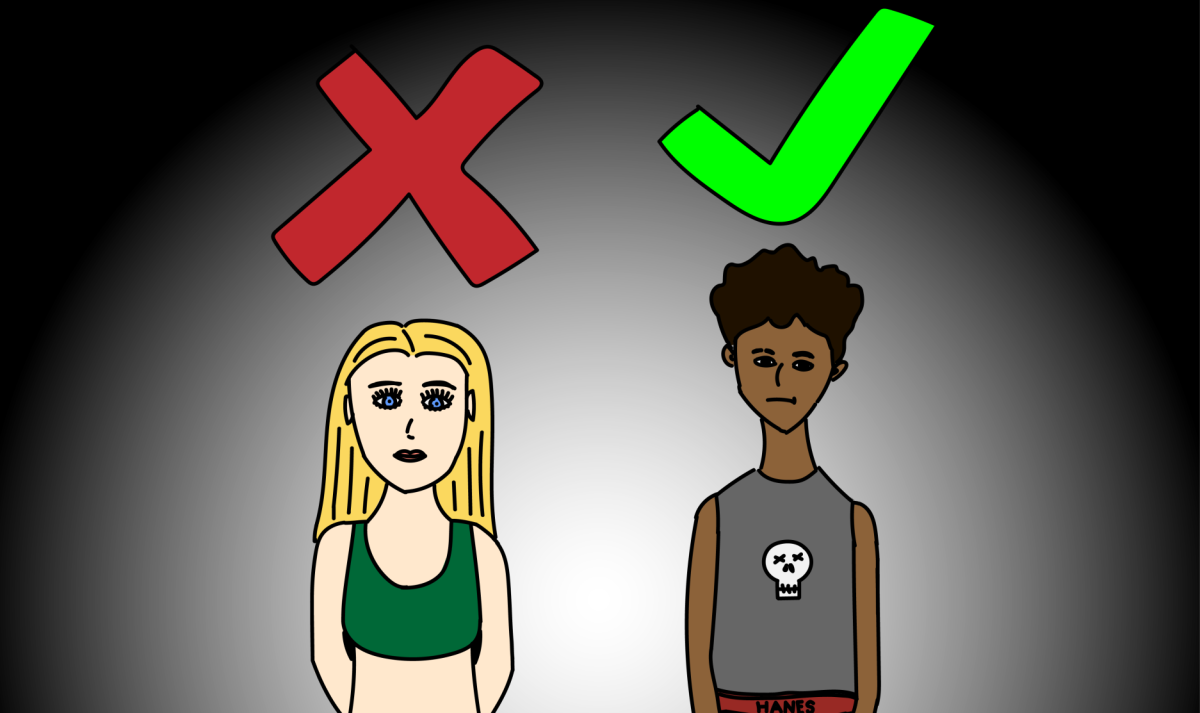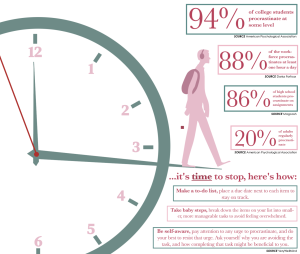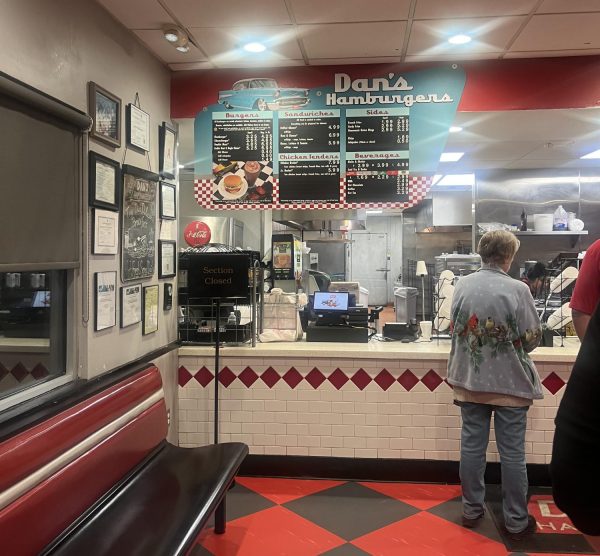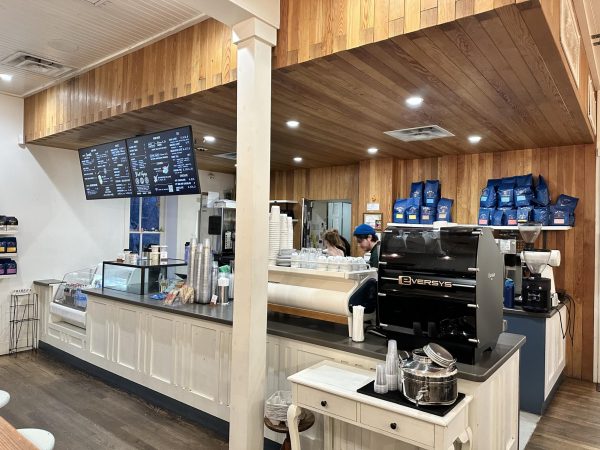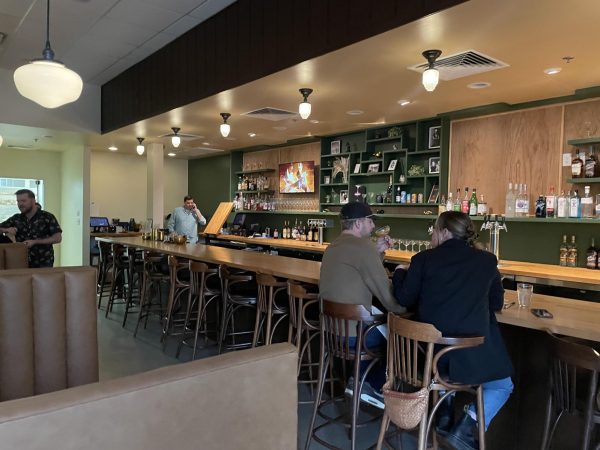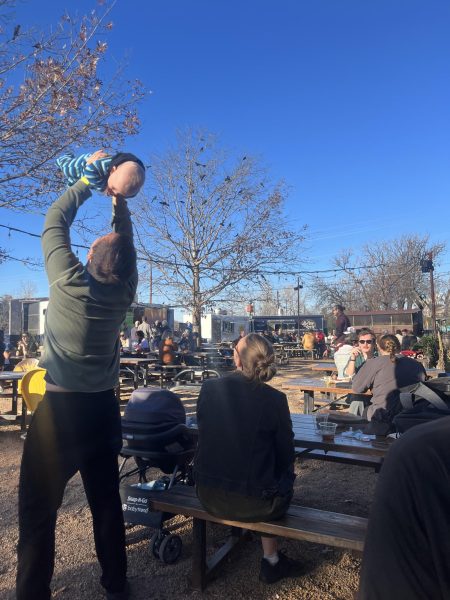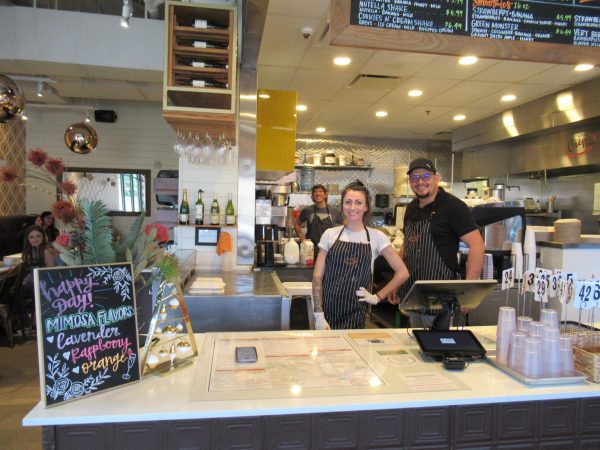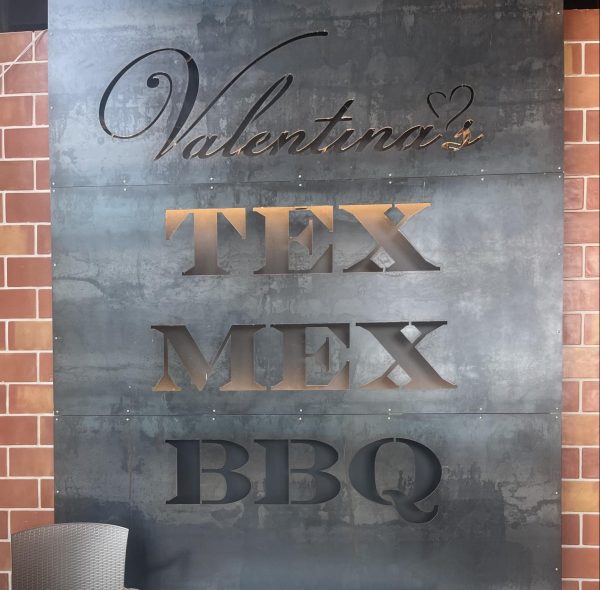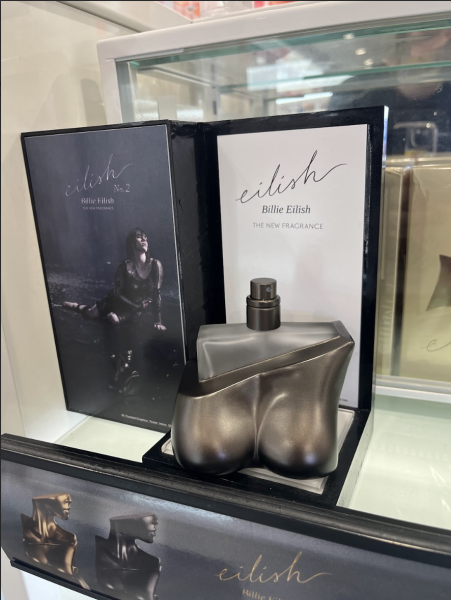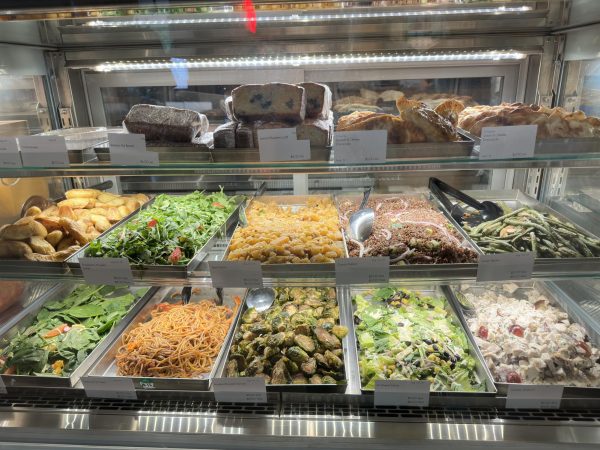“Bridgerton” breaks stereotypes and boasts diversity
Peak into Netflix’s most famous royal family that has captured hearts around the world
March 11, 2021
The Romance genre is frequently viewed as trashy and sexist with not much depth to the stories. It often targets female audiences and tends to be heavily derided. All Romance films tend to follow this stereotype and always have the same cliche and predictable ending. Netflix’s “Bridgerton” breaks that stereotype.
Netflix released the new romance show on Christmas Day and it quickly became popular around the world and among all ages. The Shonda Rhimes production is set during the Regency era in England and follows the lives of eight charming siblings who come from the powerful Bridgerton family as they struggle to find love.
The show can be described as Jane Austen meets “Gossip Girl” with a narrator who plays into the character’s lives. Lady Whistledown (Julie Andrews) is this show’s version of Gossip Girl, but instead of spreading scandals through the internet, she writes a newspaper.
The show controversially includes more diverse characters than history would have allowed at that time. Notably, King George III’s wife, Queen Charlotte (Golda Rosheuvel), was portrayed by a Black woman.
In the show, the King was madly in love with the Queen, which paved the way for the inclusion of people of color in the early 1800’s British society. However, despite not needing to be white, you must be high up in power and wealthy to get anywhere close to success. The distinguished and elegant Bridgerton family is a perfect example of that as their eldest daughter, Daphne (Phoebe Dynevor), makes her societal debut in front of the Queen.
Daphne is quickly chosen as the Queen’s favorite. Beautiful, elegant, and well-mannered, Daphne is perfect so her siblings don’t have to be. But her love life might not be as flawless as her.
The eight Bridgerton siblings are named alphabetically from oldest to youngest, starting with Anthony (Jonathan Bailey) then Benedict (Luke Thompson), Colin (Luke Newton), Daphne, Eloise (Claudia Jesse), Francesca (Ruby Stokes), and Gregory and Hyacinth, the two youngest.
Just like Daphne, the siblings are seen as perfect and loving. We get to see the real characters, each one with their own quirks and personal journeys.
I like how we don’t just see the family the rest of society sees but we get to see the imperfection and struggles the family goes through under the surface.
The kids are held to incredibly high expectations by society. Following their father’s death, the sons must take responsibility of their family, carry on their success and obtain devoted wives. The daughters must fall in love and marry fast, but only with high members of society, and bear children quickly.
The siblings set out to retain their status in life, but discover it might not be all it’s made out to be. They each go on a different journey, chasing love, mystery, and drama.
Something significant several Bridgerton viewers have harshly critiqued is the show’s historical and costume inaccuracy. These viewers like to complain when they see things that are not normal in their minds. For example, the ethnic presence in this show is unusual. This has created a stir around the show because people rejected seeing a colored person in a 19th-century gown.
I have seen people online critiquing the flashy inaccurate costumes as well, but I think there’s something more to that story. The inclusion of colored people as high standing members of society in a Regency drama is unheard of, and I, for one, am happy that it’s finally been done.
The one quality many know of a Shonda Rhimes production is a sprawling multicultural ensemble cast. The producer’s many famous shows, like “Grey’s Anatomy” and “How to Get Away with Murder”, bring a large ethnic presence to the screen. Seeing a cast without a majority white presence was a plus while watching her many addicting creations. In her new show Bridgerton, that ethnic presence is historically inaccurate – but purposefully so.
Showrunner Chris Van Dusen told OprahMag.com they wanted Bridgerton to “reflect the world we live in today”. With royalty such as the Queen and the Duke (Regé-Jean Page) being portrayed as Black, along with lady’s maids, nobles, and footmen portrayed as other ethnicities, the audience gets to see characters they can relate to, which makes the show more appealing.
To critics of the show’s outstanding diversity, it exists in a fictional 19th century London society. Fictional. If you say the show was in the wrong for the inclusion of different cultures, why not just straight up say that you’re uncomfortable seeing different colored people on TV?
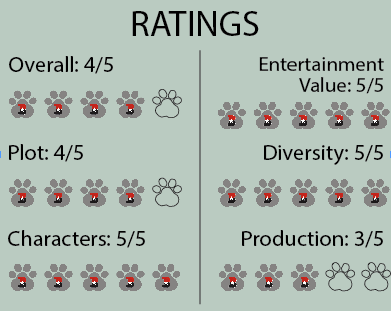
We should not gloss over how colored people were actually treated back then, but the very reason they included this detail was to show the change in the world, and an important part of that change is how we react to it. I suggest being open to different aspects of the world and the creativity it brings.
I highly recommend this show to anyone who likes something different. The show leaves you wanting more and more after every episode. The dangerous romance and drama of it all is extremely pulling and intriguing which will lead you to finish the show in less than a week.
Bridgerton is a momentous show that includes characters of different races, sexual orientations, and societal classes, and even though it’s set 200 years ago, it’s immensely relatable to all people. This show is extraordinary and will soon be a notable household name.

